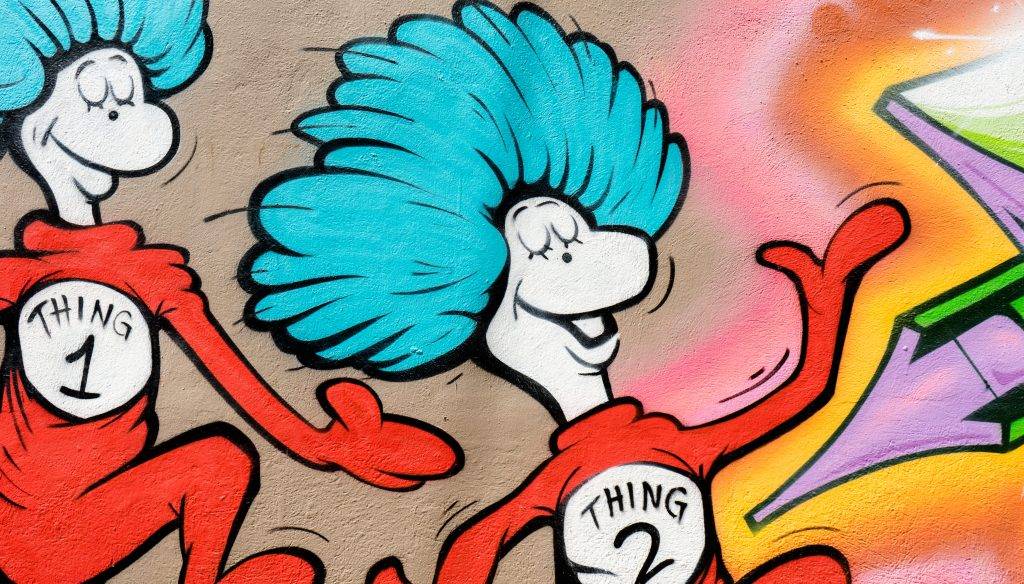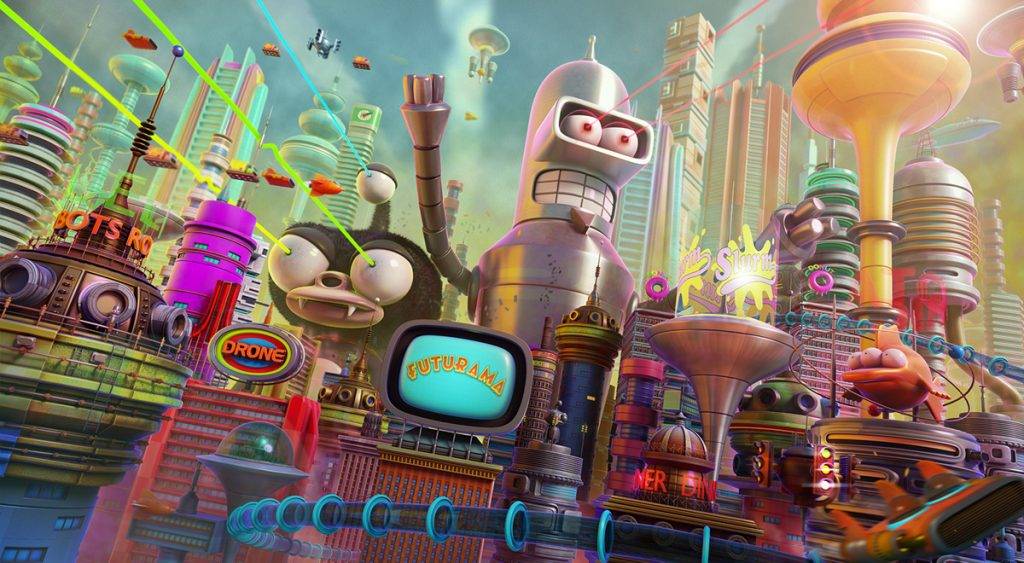Fundamental Principles of Animation in Motion Design
As technology slowly advances, so does the world of design. From the cartoons we enjoyed as a child to the blockbuster movies we loved as a teen, motion graphics has changed the industry in ways we never would have imagined. But there’s more to motion graphics than the advanced tools digital illustrators recommend to use, as there are specific principles in animation that need to be considered.

The Illusion of Life: Disney Animation, written by Disney animators Ollie Johnston and Frank Thomas, is a popular book that talks about the journey of Disney animators in producing realistic animation. The principles in the book addressed various abstract issues, as well as how the basic laws of physics contribute to the illusion built in animation. Although there are numerous motion pictures that have been crafted without these principles in mind, not to mention how these principles were written before the evolution of motion graphics, these techniques still present significant relevance and importance in the evolving industry of design.
1. Squash and Stretch
By applying this principle, you provide clearer emphasis on either the action or facial expression you want your subject to portray. Exaggerating every movement will create an illusion of volume and weight towards your animated character. However, how extreme you wish to make it would also depend on the scene itself. From a bouncing ball to a character’s moving body, the subtle use of the squash and stretch can play a essential role in the overall motion design.
2. Anticipation
Based on the general meaning of the word, the principle of anticipation gives the audience an idea of what is about to occur before it actually happens. Building a level of anticipation will allow your audience to imagine what is set to happen. Although it might seem like a minor element to add, this technique can actually help make your animation seem more realistic.
3. Staging
Influenced by the principle of staging in theater, the essence of such element involves bringing what is important into focus, and then blurring out what is not. Its purpose is to allow the audience to pay close attention on the significant events of a scene, as it may play a key role in the story. Staging can be applied in various ways, this could be through the placement of a character, the camera angle, or even through the proper use of light and shadow.
4. Straight Ahead and Pose to Pose
Straight ahead and pose to pose animation involves two different approaches to the drawing process. In “straight ahead”, a scene is drawn out frame by frame from the beginning till the end, while “pose to pose” refers to drawing a few key frames ahead of time, and then filling the given intervals afterward. Although the two techniques are used for different reasons, most animators opt to use both methods to add better dimension to each scene.
5. Follow Through and Overlapping Action
Going back to Sir Isaac Newton’s first two laws of physics, the rule of inertia is greatly apparent in this principle of animation. “Follow through” and “overlapping” involves two different actions adhering to a similar concept. To create a vivid picture for you to understand, imagine the ballroom scene in Disney’s Beauty and The Beast. As Belle graced the ballroom floor, her beautiful dress and perfectly put hair follows every movement she makes, adding a dramatic effect to every action.

As seen from the image above, the same principle is applied. But it’s easy to get carried away with this technique, so proper timing must also be considered.
6. Slow-out and Slow-in
This is one of the most important principles in motion design. Think of it this way, it’s impossible for an object to accelerate in speed immediately and then stop abruptly, as an object requires time to ease in and ease out gradually. The purpose of this technique is to soften the action in hand, for it to appear more realistic.
7. Arcs
When flying a paper plane, with the works of gravity at hand, it’s impossible for the object to fly in a straight line. By using this technique, you can add a smooth flow of actions to a seemingly flat animation. This technique may also be applied in a character’s natural movements, such as through the arms, hands, and legs.
8. Secondary Action
We’re all well aware of how even the slightest details of a design can contribute to its overall look. In motion design, adding a secondary action to support the main action can help give the scene more life.
Take for instance, a walking character whistling a tune. Here, walking can be considered as the primary action, while whistling serves as the secondary action. It’s important to keep in mind that the secondary action is only used to enhance the scene, and not to take the spotlight away from the main action.
9. Timing
It’s safe to say that timing may be your greatest enemy in motion design, as it is goes alongside most, if not all, of the principles of animation. Frame by frame, timing proves to be critical to every action, mood, and reaction you want your character to portray. But don’t expect to master these skills overnight, good timing involves countless experiments of trials and errors to refine.
10. Exaggeration
Exaggeration doesn’t constitute to extreme distortion of facial features, emotions, actions, and other elements of a scene. Instead, an animator must create a level of coordination between every element in motion. Remember, your goal is to add variety to a relatively monotonous action but at the same time, you don’t want your animation to appear too theatrical, either.
11. Solid Drawing
Thanks to modern-day facilities, making a two-dimensional object appear 3D isn’t as difficult as it used to be. However, a good amount of drawing skills is greatly required to add an enhanced level of realism to your work. A deeper understanding of depth, weight, light, shadow, and the like can help you master the principle of solid drawing.

12. Appeal
It’s easy for an animated character to win the hearts of its audience by appearing cute and bubbly, but even that won’t keep viewers interested. Appeal doesn’t always mean visibly attractive, as an appealing character can always be the ugly villain of a story. Creating an appealing character involves building a creative connection between the subject and its audience. Your main objective is to make your subject captivating enough to keep your audience interested.
Remember, a good concept for an animated story cannot stand alone, as it requires a vision and a mission to bring to life. Mastering the principles of animation in motion design demands dedication and patience, a creative challenge that only the most committed and talented individuals can take on.


